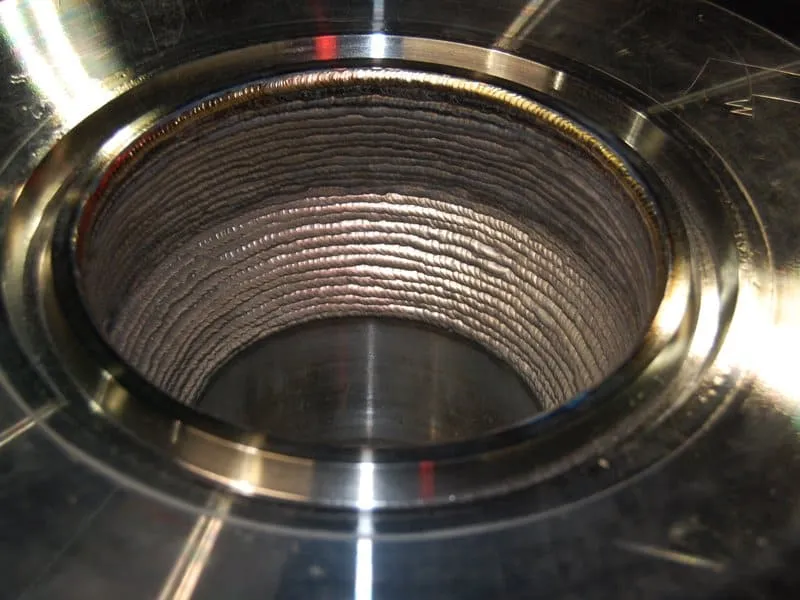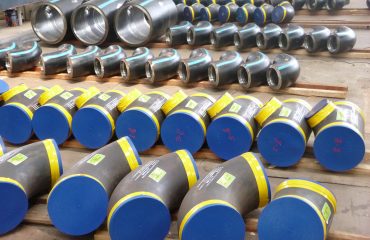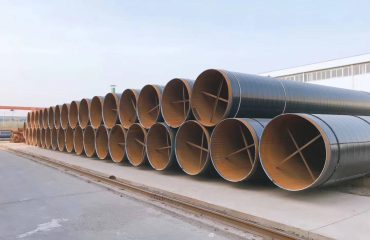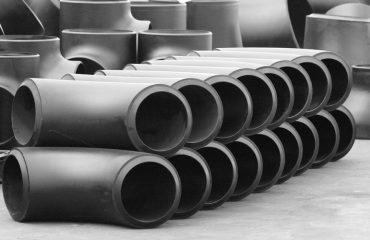
Primero, Debería comenzar con una descripción general de qué es el revestimiento de tuberías. Luego enumere los métodos comunes como la superposición de soldadura, Unión por explosión, unión por rollo, etcetera. El usuario podría estar buscando una explicación paso a paso de cada método.
Esperar, En la respuesta anterior, Cubré brevemente cómo se aplica el revestimiento. Pero ahora están pidiendo específicamente el proceso. Necesito elaborar más. Tal vez estructurarlo por método, Explicando los pasos de cada uno. También, mencionar pasos de preparación y calidad cheques involucrados.
Incluir el propósito de cada método y sus aplicaciones ayudaría al usuario a comprender cuándo se utiliza un proceso en particular. Por ejemplo, La superposición de soldadura es versátil, La unión de explosión es para capas gruesas. El usuario podría estar decidiendo qué método usar para su proyecto.
También, El usuario podría estar interesado en el aspecto de sostenibilidad nuevamente, Entonces, tal vez toque cómo el proceso contribuye a eso. Pero el enfoque principal es el proceso en sí. Necesita garantizar que se explicen los términos técnicos, pero no demasiado jerga.. Use puntos de bala o listas numeradas para mayor claridad.
Compruebe si hay algún otro método más allá de los mencionados anteriormente. El spray térmico y el revestimiento láser se mencionaron en la respuesta anterior. ¿Debo incluirlos como técnicas avanzadas?? Sí, Para mostrar una vista integral.
Finalmente, resumir los beneficios clave del proceso de revestimiento, vincular a por qué es necesario. Asegúrese de responder no solo al ‘cómo’ Pero también el ‘por qué’ Detrás de cada paso. Que debería cubrir la consulta del usuario a fondo.
proceso de revestimiento de tuberías
El revestimiento de tuberías es una técnica de fabricación que une un Aleación resistente a la corrosión (CRA) capa a un material de base (por ejemplo, Acero al carbono) Para crear una tubería compuesta. El proceso asegura un unión metalúrgica entre capas, Combinando resistencia y resistencia a la corrosión. Aquí hay un desglose detallado:
1. Preparación de material base
- Limpieza de superficies: La tubería base (por ejemplo, Acero al carbono) se limpia a través de Sandblasting, molienda, o tratamiento químico para eliminar el óxido, aceite, o contaminantes.
- Precalentamiento: Para ciertos métodos (por ejemplo, revestimiento de soldadura), La tubería base está precalentada para reducir el estrés térmico y mejorar el enlace.
2. Métodos de revestimiento
los CRA La capa se aplica utilizando una de estas técnicas clave:
A. revestimiento de soldadura
- Proceso: material CRA (en forma de alambre o polvo) se deposita en la tubería base utilizando técnicas de soldadura como:
- Soldadura de arco sumergido (VIO): Alta tasa de deposición para capas gruesas.
- soldadura por arco de tungsteno con gas (Gtaw / giro): Control preciso para capas delgadas.
- Revestimiento láser: Método avanzado utilizando vigas láser para una distorsión de calor mínima.
- Pasos:
- Las antorchas de soldadura depositan el material CRA capa por capa en la superficie interior/exterior del tubo base.
- posterior a la soldadura de tratamiento térmico (PWHT) puede aplicarse para aliviar el estrés residual.
b. Unión por explosión
- Proceso: Los explosivos detonados en la capa CRA lo obligan a la tubería base a alta velocidad, Creando un vínculo metalúrgico.
- Pasos:
- La placa CRA se coloca sobre el tubo base.
- Se detonan los explosivos, generar ondas de choque que unen las capas.
- El mecanizado posterior al bonding garantiza la precisión dimensional.
C. unión por rollo
- Proceso: El calor y la presión se aplican durante el rodillo caliente para fusionar la capa CRA y el tubo base.
- Pasos:
- La placa CRA y la tubería base están apiladas y calentadas.
- Pasó a través de los rodillos para crear un vínculo permanente.
D. Revestimiento de aerosol térmico
- Proceso: material CRA (polvo o alambre) se derrite y se rocía sobre el tubo base con plasma o llama.
- Aplicaciones: Recubrimientos delgados para entornos no críticos.
3. Procesamiento posterior a la revestimiento
- mecanizado: La capa revestida está mecanizada para lograr dimensiones precisas y superficies lisas.
- Inspección:
- Pruebas no destructivas (END): Prueba de ultrasonido (OUT), Radiografía (RT), o inspección de penetrantes de tinte (PPP) Para verificar los defectos.
- Pruebas de corrosión: Exposición a entornos simulados (por ejemplo, rocío de sal).
- Acabado: Pulido o pasivación (para acero inoxidable) Para mejorar la resistencia a la corrosión.
4. Parámetros clave que influyen en el proceso
- compatibilidad de materiales: Los coeficientes de expansión térmica de CRA y el material base deben alinearse.
- Espesor: El grosor de la capa CRA varía de 2 a 10 mm, Dependiendo de la aplicación.
- Ambiente: Administrado para resistir agentes corrosivos específicos (por ejemplo, H₂S, Co₂, cloruros).
Aplicaciones de tuberías vestidas
- aceite & Gas: tuberías submarinas, Manejo de gas agrio.
- La Energía Nuclear: Sistemas de refrigerante del reactor.
- desalinización: Tuberías de admisión de agua de mar.
- Procesamiento químico: Transporte ácido.
Por qué este proceso importa
- económico: Utiliza material CRA mínimo en comparación con las tuberías de CRA sólidas.
- durabilidad: Extiende la vida útil de la tubería en condiciones duras.
- Sostenibilidad: Reduce los desechos del material y la frecuencia de mantenimiento.
Resumen
El proceso de revestimiento de tuberías se fusiona ciencia material y Fabricación avanzada para crear tuberías que soporten entornos extremos. Combinando un material base robusto con una capa resistente a la corrosión, Las industrias logran fiabilidad, ahorro de costos, y seguridad ambiental.




Debes ser identificado introducir un comentario.